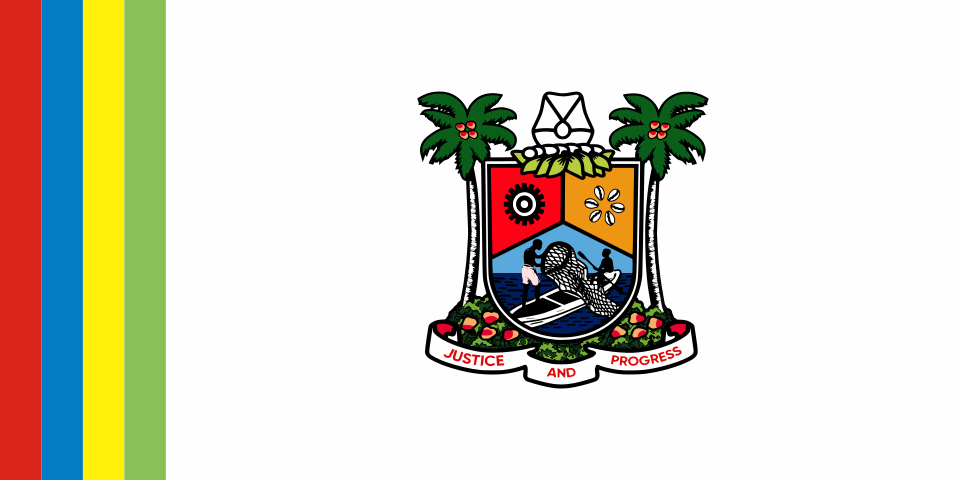Researchers from the University of British Columbia have developed a cellulose film that looks and behaves like plastic but is completely biodegradable.
Researcher Dr. Feng Jiang developed the wood-based alternative to single-use plastic in research published in the ACS Sustainable Chemistry & Engineering.
To create the product, Dr. Jiang breaks down wood fibers from forest waste in a solution of cold sodium hydroxide along with some mild mechanical blending. The process creates a plastic-like film that is strong, translucent, and water resistant.
Although other researchers have been able to develop plastic-like objects, this is special because of how little energy is used and how sustainable the process is. The wood fibers are all sourced from forest waste, and the sodium hydroxide can be recycled after. After its lifecycle, the film can be buried in the ground or even placed in an organic bin where it will break down in just three weeks.
Globally, we produce 300 million tons of plastic every year, 78 percent of which is NOT reclaimed or recycled. Around 8.8 million tons of plastic get dumped into the oceans every year! 700 marine animals are faced with extinction due to the threat that plastic poses to them in the form of entanglement, pollution, and ingestion. 50 percent of sea turtles have plastic in their stomachs. By 2050, 99 percent of all seabird species will have ingested plastic waste. According to a study by the World Economic Forum, there will be one tonne of plastic for every three tonnes of fish by 2025, and if things go on business as usual, there will be more plastic in the ocean than fish by 2050.
Read more about how companies like Facebook, Tupperware, Google, Dove, Budweiser, Carlsberg, and FIJI Water are working towards reducing plastic pollution. Places around the world like Tel Aviv, California, Baltimore, Scotland, and many more are banning various single-use plastics, and others are coming up with creative ways to recycle and use plastic waste.
There are products you may be using or habits you may have that contribute to plastic pollution. Learn more about how the use of Teabags, Cotton Swabs, Laundry, Contact Lenses, Glitter, and Sheet Masks pollute our oceans so you can make more informed decisions going forward. There are also numerous simple actions and switches that can help cut plastic out of our lives including, making your own cosmetics, shampoo, toothpaste, soap, household cleaners, using mason jars, reusable bags/bottles/straws, and avoiding microbeads!
Culled from onegreenplanet














